Apple is revolutionizing its smartwatch manufacturing process by exploring the use of 3D printers to craft the steel chassis for upcoming Apple Watch Series 9 models. This groundbreaking shift in production methods signifies a pivotal change in how Apple creates its products.
Apple Watch Series 7 GPS + Cellular, 45mm Midnight Aluminum Case with Midnight Sport Band - Regular (Renewed)
This innovative technique eliminates the need to cut large metal slabs into the desired product shape. By doing so, it not only accelerates the production timeline but also aligns with Apple’s commitment to environmental sustainability by minimizing material usage. Insiders familiar with the matter, who preferred to remain anonymous, have shared these insights.
The potential benefits of this new approach extend beyond the Apple Watch. If successful, Apple intends to extend the 3D printing process to a broader range of its products over the next several years. A spokesperson for the Cupertino-based tech giant declined to provide official comments on the matter.
Historically, Apple employed traditional manufacturing methods for its stainless-steel watches, constituting approximately 10 percent of the product line’s total units. These methods involved forging, which shaped material blocks into smaller metal pieces approximating the size of the device. A CNC (computer numerical control) machine was then used to precisely carve out the final design and button holes.
In contrast, the new technique leverages a form of 3D printing called binder jetting to create the initial outline of the device, closely resembling its actual size, often referred to in manufacturing as “near net shape.” This 3D print utilizes a powdered substance that undergoes sintering—a process involving heat and pressure that transforms the material into a steel-like substance. The precise design and cutouts are subsequently milled, mirroring the earlier process.
The revelation about Apple’s exploration of 3D printing has spurred positive market reactions, particularly among 3D printing companies such as 3D Systems Corp. and Stratasys Ltd. Shares of 3D Systems surged by as much as 10 percent, while Stratasys experienced a 6.9 percent increase, although these gains were later tempered. Apple’s stock also climbed by 1.8 percent, reaching $187.46.
Apple and its partners have diligently worked on refining this technique for at least three years. In recent months, rigorous testing has taken place, focusing on steel cases intended for the Apple Watch Series 9, slated for an unveiling on September 12. While the smartwatch will receive performance enhancements and new case colors, its overall appearance will remain largely unchanged, as previously reported by Bloomberg.
While it remains uncertain whether the initial consumer shipments of the new steel Apple Watches will utilize this revamped manufacturing technique, the rigorous testing underscores Apple’s commitment to this approach. Additionally, Apple intends to apply this process to its titanium Ultra watch, but such a transition is not expected until 2024.
The environmental advantages of this approach are noteworthy, as it significantly reduces the volume of metal needed to create device enclosures. In a parallel move towards sustainability, Apple is exploring new materials to replace leather in select iPhone cases and other accessories, further demonstrating its commitment to eco-friendly practices, as shared by sources familiar with the matter.










![Apple Watch SE (2nd Gen) [GPS 40mm] Smartwatch with Starlight Aluminum Case with Starlight Sport Band S/M. Fitness & Sleep Tracker, Crash Detection, Heart Rate Monitor](https://www.tech-bit.com/wp-content/uploads/2024/06/applewatchse2ndgengps40mmsmartwatchwithstarlightaluminumcase-360x180.jpg)
















![Apple Watch Series 9 [GPS 45mm] Smartwatch with Midnight Aluminum Case with Midnight Sport Band S/M. Fitness Tracker, ECG Apps, Always-On Retina Display, Water Resistant](https://www.tech-bit.com/wp-content/uploads/2024/06/applewatchseries9gps45mmsmartwatchwithmidnightaluminumcasewith-360x180.jpg)



![Apple Watch Ultra 2 [GPS + Cellular 49mm] Smartwatch, Sport Watch with Rugged Black Titanium Case with Black Ocean Band. Fitness Tracker, Precision GPS, Action Button, Extra-Long Battery Life](https://www.tech-bit.com/wp-content/uploads/2024/10/applewatchultra2gpscellular49mmsmartwatchsportwatchwithrugged-360x180.jpg)

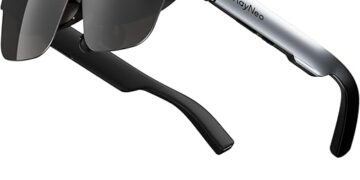




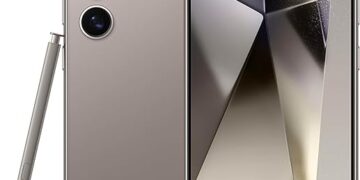









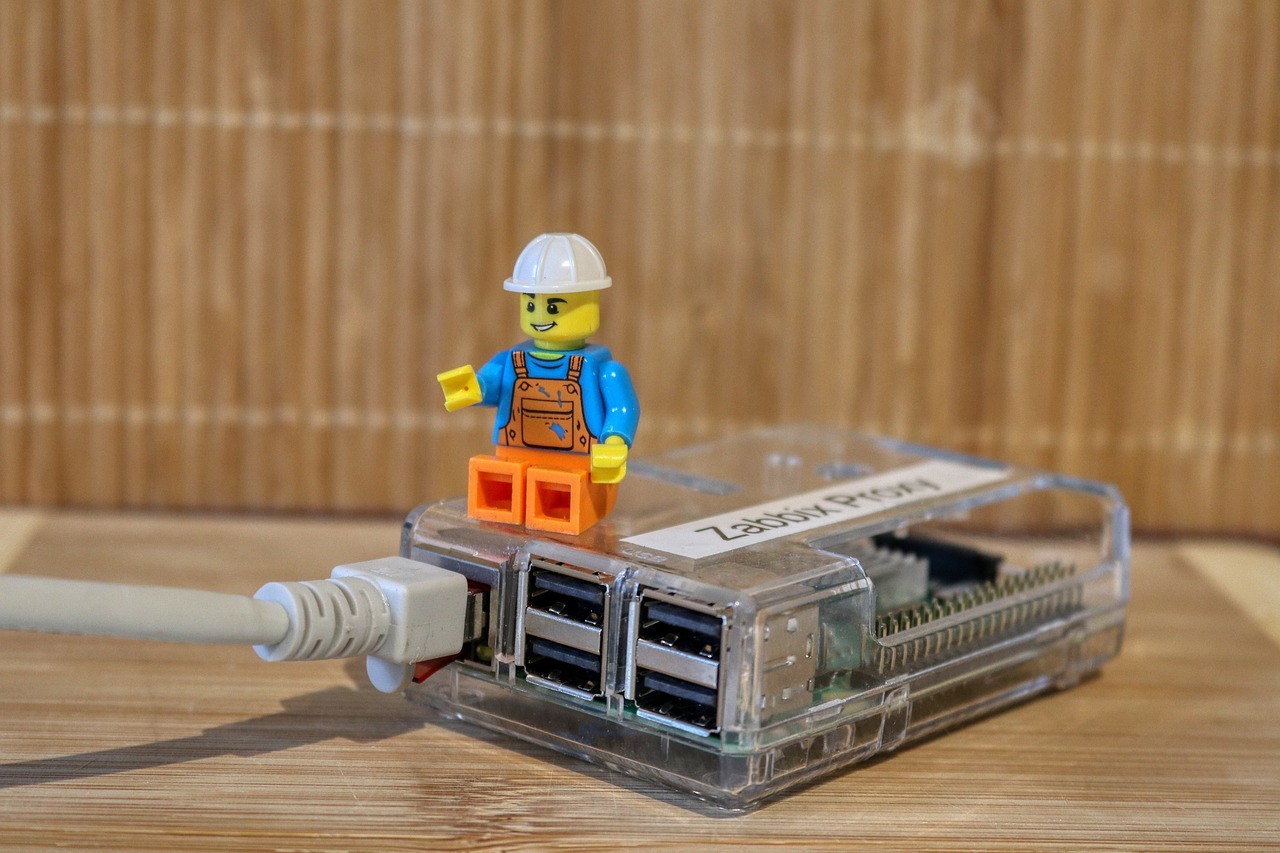

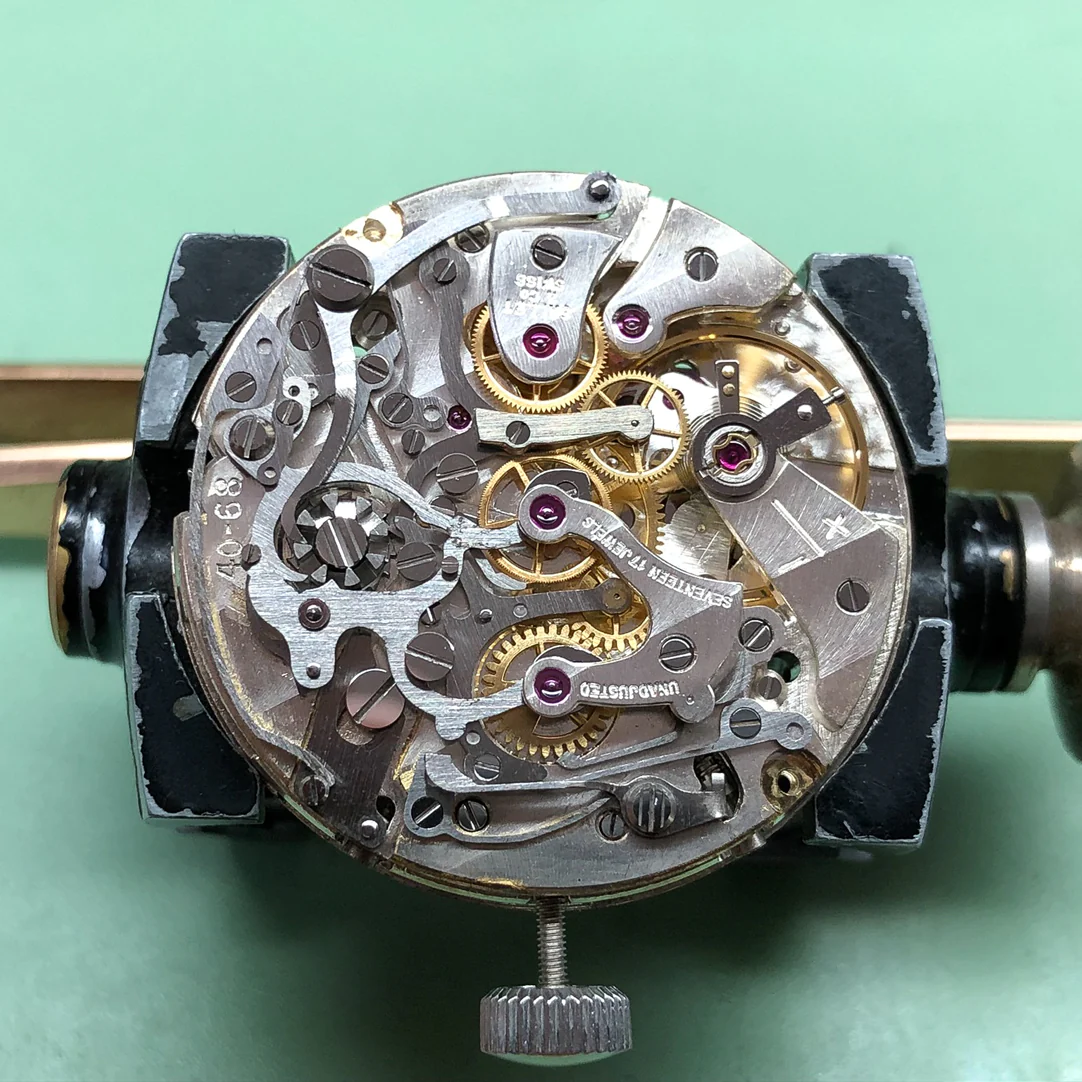


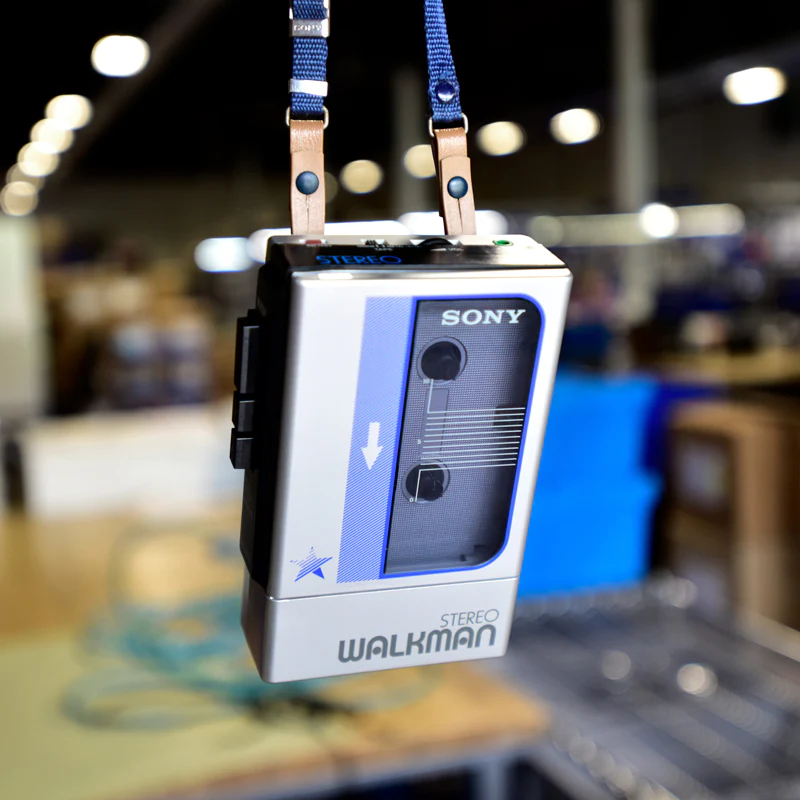





![Apple Watch SE (1st Gen) [GPS + Cellular 44mm] Smart Watch w/Silver Aluminium Case with Abyss Blue/Moss Green Sport Loop. Fitness & Activity Tracker, Heart Rate Monitor, Water-Resistant](https://m.media-amazon.com/images/I/51LX2JvV7hL.jpg)

![Apple Watch Ultra [GPS + Cellular 49mm] Smart Watch w/Rugged Titanium Case & White Ocean Band. Fitness Tracker, Precision GPS, Action Button, Extra-Long Battery Life, Brighter Retina Display](https://m.media-amazon.com/images/I/41gTBOIS8RL.jpg)


![Apple Watch Series 8 [GPS 41mm] Smart Watch w/Starlight Aluminium Case with Starlight Sport Band. Fitness Tracker, Blood Oxygen & ECG Apps, Always-On Retina Display, Water-Resistant](https://m.media-amazon.com/images/I/31lV-mcCqIL.jpg)
![Apple Watch SE (2nd Gen) [GPS 40mm] Smart Watch w/Midnight Aluminium Case with Midnight Sport Band. Fitness & Sleep Tracker, Crash Detection, Heart Rate Monitor, Retina Display, Water-Resistant](https://m.media-amazon.com/images/I/31anzb2LSBL.jpg)








